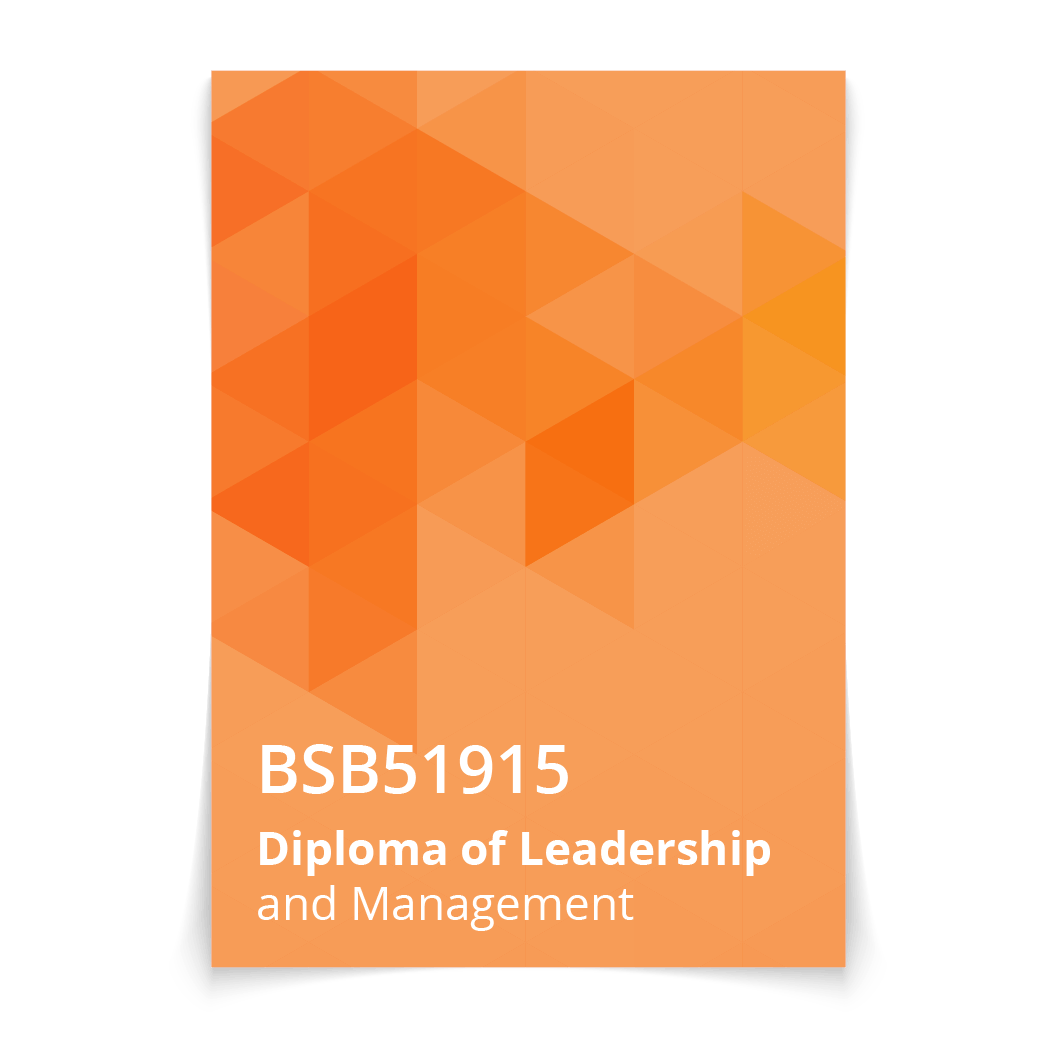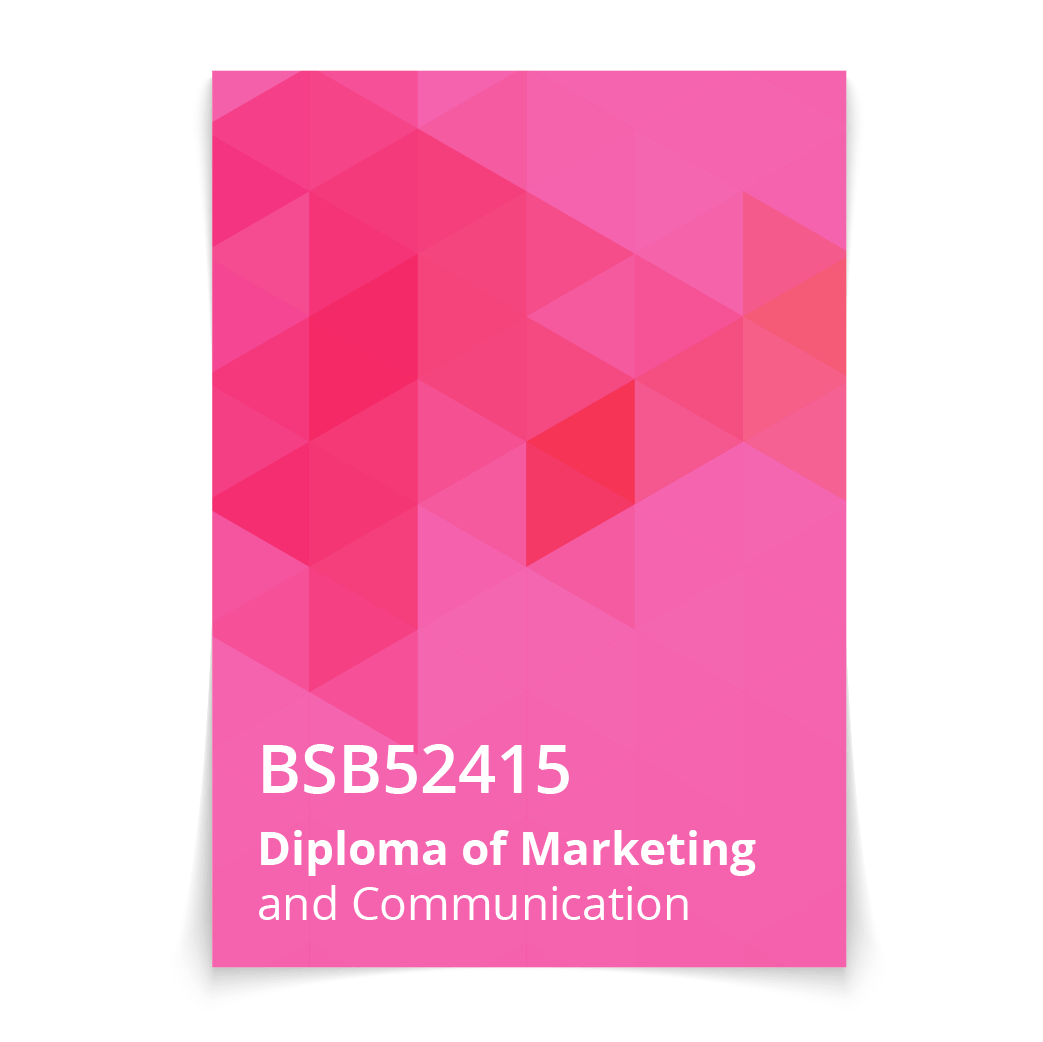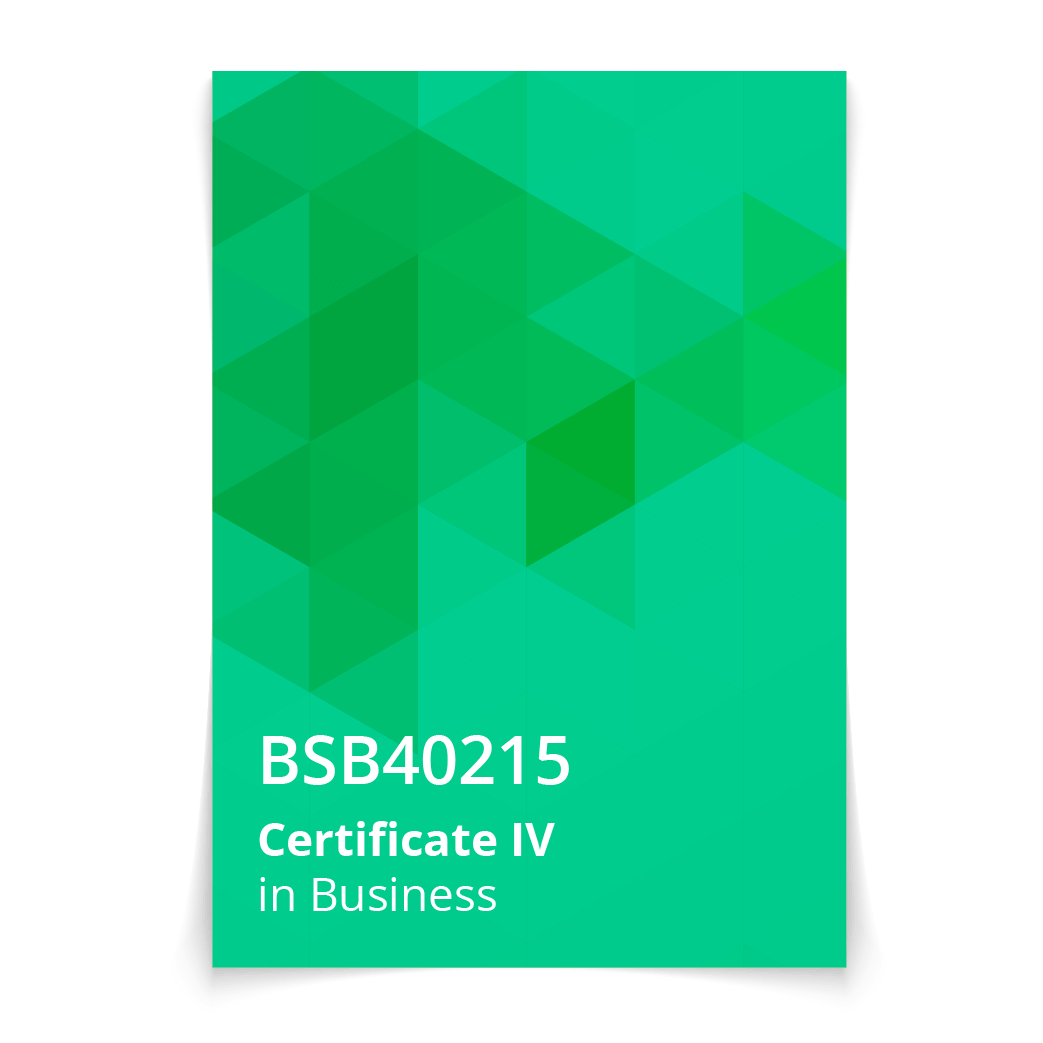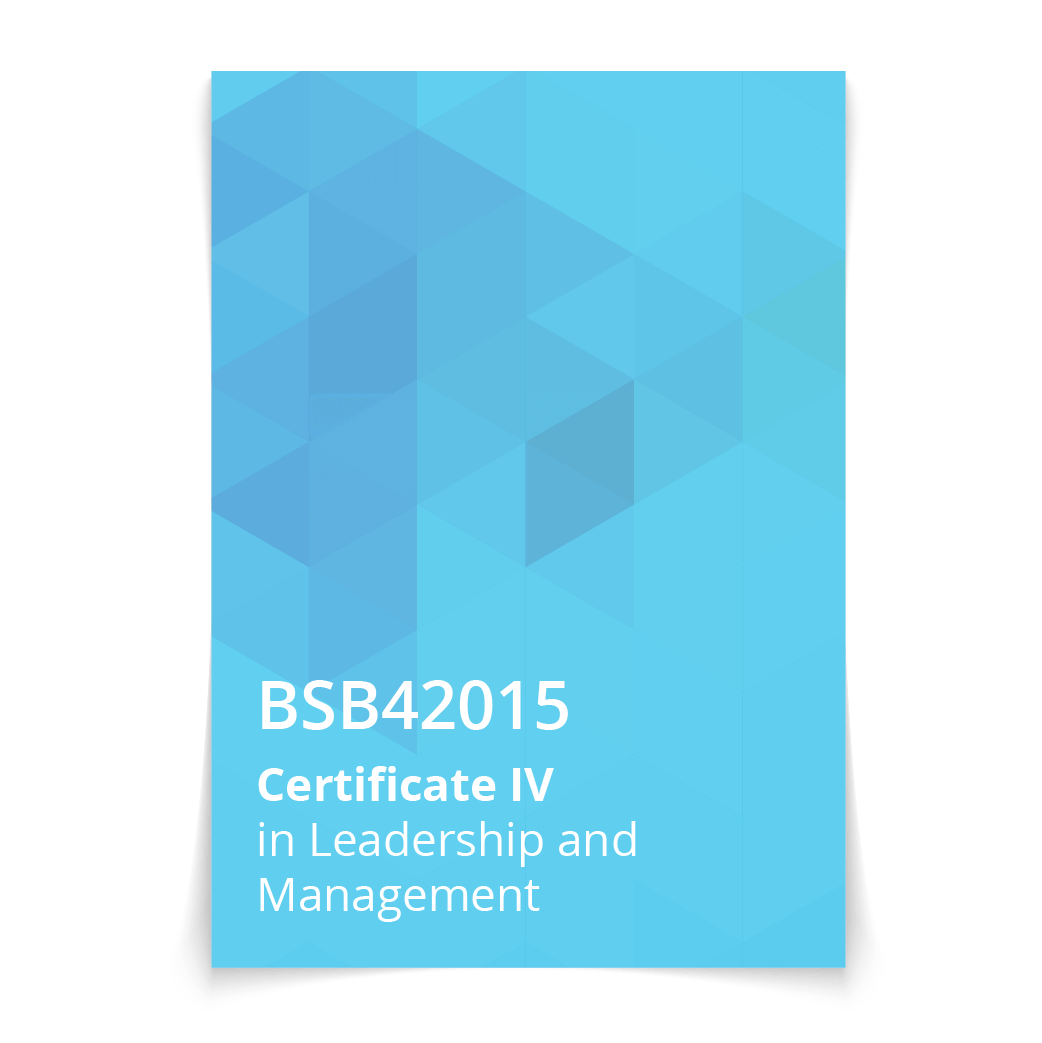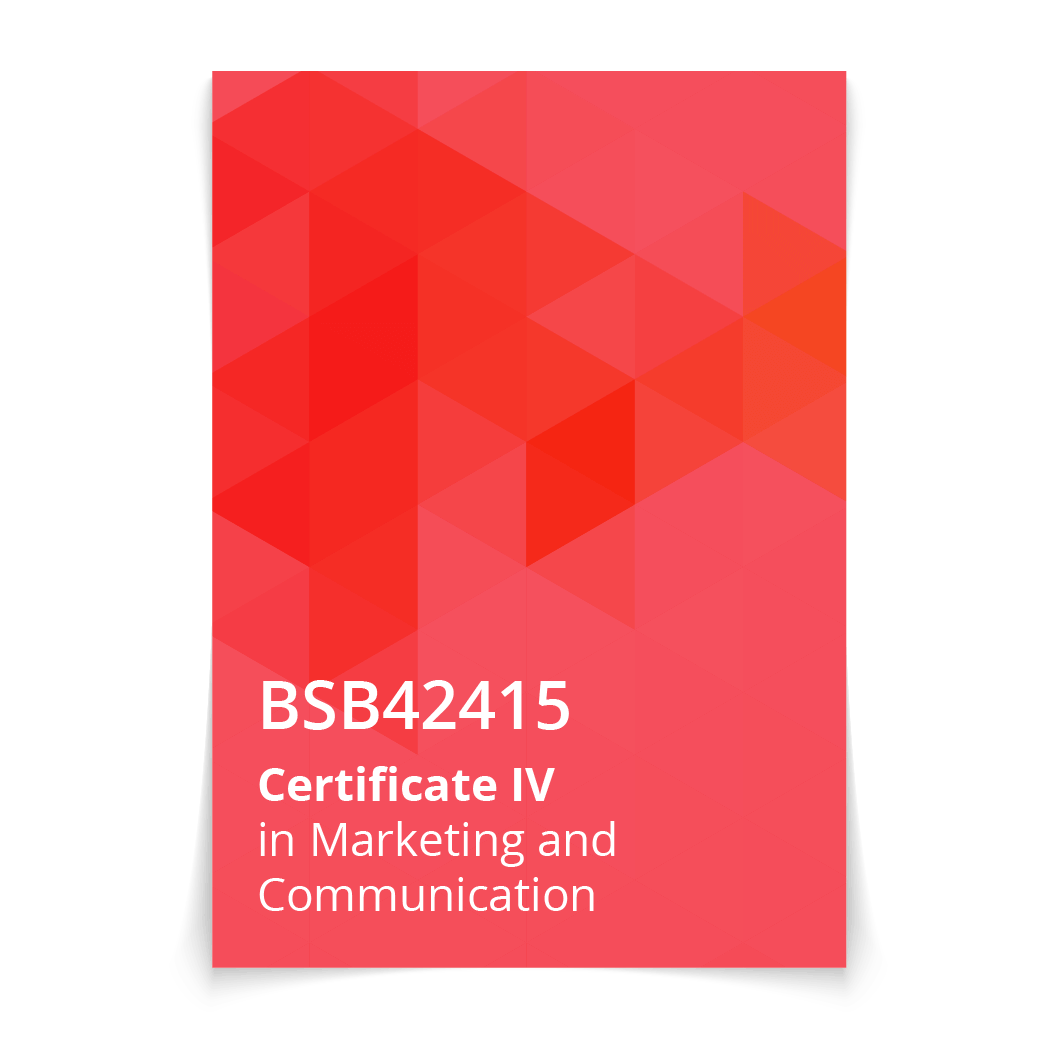RTO’s must screen potential students to identify their ability to complete their course.
Standard 5.1 states that “RTO provides advice to the prospective learner about the training product appropriate to meeting the learners needs, taking into account the individuals existing skills and competencies”. This screening process must be based on a formal and systematic procedure which should be documented. However, many RTOs follow informal processes that lack accountability in terms of the rigour in measuring the suitability of the applicant.
Listed in this blog is a guide on how to approach such a screening process. It is based on the work contained in the Australian Core Skills Framework (ACSF).
The Australian Core Skills Framework (ACSF) attempts to provide a level of performance for the five core skills of:
- learning
- reading
- writing
- oral communication
- numeracy.
An individual’s ability with these five core skills will be a requirement of successfully completing a qualification or course with the RTO. The level of performance is divided into five grades:
- Level 1
- Level 2
- Level 3
- Level 4
- Level 5.
The relationship between the Australian Qualification Framework (AQF) and the ACSF is as follows:
- level 1 – AQF 1-2 (Certificate I – Certificate II)
- level 2 – AQF 1-3 (Certificate I – Certificate III)
- level 3 – AQF 2-5 (Certificate IV – Diploma)
- level 4 – AQF 4-7 (Certificate IV – Advanced Diploma)
- level 5 – AQF 5-10 (Diploma – Advanced Diploma).
Listed above are the typical qualifications that an RTO may be delivering. Note that there is an overlap and this is because various qualifications have different requirements such as some units within a qualification require higher levels of literacy and less of numeracy, and vice versa.
The purpose of this evaluation before enrolment is to gain an understanding of the applicant’s ability to undertake the learning and assessment tasks for their qualification. It is not intended to be a fixed measurement that grades the applicant. In addition, this evaluation should not be the only indicator of potential performance. Motivation for example is a key driver that can facilitate achievements. If an applicant strongly desires to complete their studies, then they will put in place where possible efforts to support this goal. Measuring motivation is not easy to define, and it is removed from this evaluation process. Note also the inclusion of resources. Some applicants will not have the access to resources such as IT systems, quiet rooms to study, efficient transport, and in addition, they may have other challenges such as personal issues and financial pressures, which will add additional restrictions to their ability to achieve in their course.
Nevertheless, the Regulator requires the RTO to assess an applicant to ensure that they have the cognitive skills to perform at the level required in completing their qualification.
See below some examples of questions and tasks that are pitched at ACSF Level 3. Note that learning is not included in this sample.
Part 1 (ability with oral communicating)
Explain to the interviewer your answers to the following questions:
- What do you think are the characteristics of a successful student?
- What are your career goals?
- How do you think this course will help you achieve your goals?
Part 2 (ability with reading, writing)
Read the following one page text on a retail shop (a fictitious case study – assume this is given to the learner), then write down answers to the questions that follow. Maximum time allowed is 15 minutes.
Question 1: what are the strengths of the current shop?
Question 2: what are the weaknesses of the current shop?
Question 3: why does the shop want to change?
Question 4: what strategies is the current shop thinking of?
Question 5: what are the strengths of a retail experience?
Part 3 (ability with numeracy)
Task 1: Judy goes shopping with $50 and buys three ice creams at $4.50, a coffee at $3.50 and two pens at $9. How much change did she receive?
Task 2: The price of notepad is reduced by 15% from the original price of $1100. What is the discounted price?
If there are applicants who are enrolling in qualifications higher such as Advanced Diploma, or lower, then you will need to modify the questions and tasks. To do this we have listed below a summary of the performance indicators for the various levels (based on the ACSF Project, Commonwealth of Australia, 2012). Use this as a guide to your modification.
| Performance Levels | Texts | Tasks | Cognitive Processing |
|---|---|---|---|
| 1 |
|
step by step tasks of no more than 1 to 2 |
|
| 2 |
|
tasks still step by step, but greater in number |
|
| 3 |
|
step by step tasks of no more than 1 to 2 |
|
| 4 |
|
complex task organisation |
|
| 5 |
|
significant task analysis and development |
|




